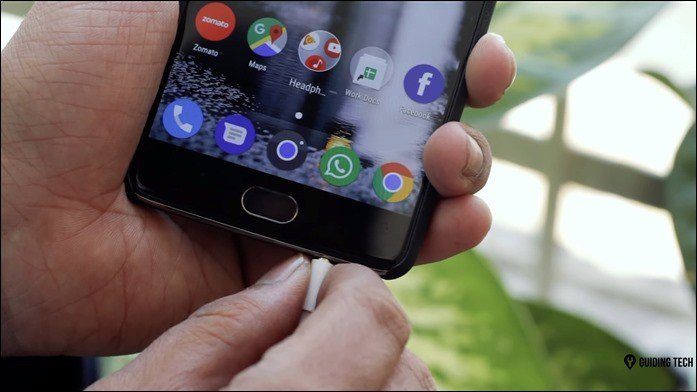Experimental Features
Chrome on Windows/Mac has a separate section dedicated to experimental features. Now, there’s one for Chrome on Android as well. To check out these settings, enter Chrome://flags in the omnibar. Caution: As it reads on top of the flags page, these experimental features are not completely stable and might cause problems. Also, you’ll need to relaunch after you enable a feature for it to activate.
1. Reader Mode
iOS and Windows Phone both have reader modes. The feature that strips a page of all its formatting and presents just the text and few images in a beautiful manner. Now, in version 39.0.2171.59 and above for KitKat and Lollipop, this feature is available for experimentation. Use the Find in Page option from the menu, look for Enable Reader Mode Toolbar and enable it. After relaunching, when you’re browsing a compatible page, a new icon for the Reader Mode with the letter A will show up.
2. Give It More RAM
If you think Chrome is getting slow, you can try throwing more RAM at it. Look for Maximum tiles for interest area and from Default, change to something higher. You can go as far as 512 MB.
3. Enable FPS Counter
Remember FPS counters from Windows gaming days? The ones that would tell you how smoothly the game is running so you could boast about it to your friends? You can do the same in Chrome as well. Enable FPS counter and when hardware acceleration is active, you can view the animation speed in a tab.
The Not So Obvious Settings
4. Reduce Data Consumption
If you have a small data plan, you might want to enable Reduce data usage from Settings. This will push content first to Google’s servers where it will be compressed. After enabling this mode you’ll be looking at savings anywhere from 25% to 75%.
5. Gesture for Menu
The three dotted menu button hides a lot of useful shortcuts like reloading a page, going back/forward, adding a bookmark, find in page, and a lot more. If you’re a heavy Chrome user, you find yourself clicking the menu button way t0o much. To make this process faster, the newer version of Chrome has a gesture in place. Tap the menu button and without raising your finger, swipe to the option you need and release the finger. This will activate the option. It seems simple but those extra milliseconds do add up.
6. Force Pinch to Zoom on Every Site
Isn’t it annoying when you find a website that’s not customized for mobile phones? What is it, 2008? Worse are the websites that have fixed elements so you can’t even double tap to zoom in on the text. Go to Settings -> Accessibility and turn on Force enable zoom.
7. Automatically Scale Text for All Websites
If you’ve got weary eyes, you can tell Chrome to increase text size for any website you visit. From Accessibility, grab the slider and drag it to the right. The preview above it will show what the text will look like.
How Do You Chrome?
Which one of the above tips is likely to help you the most? The above article may contain affiliate links which help support Guiding Tech. However, it does not affect our editorial integrity. The content remains unbiased and authentic.
















